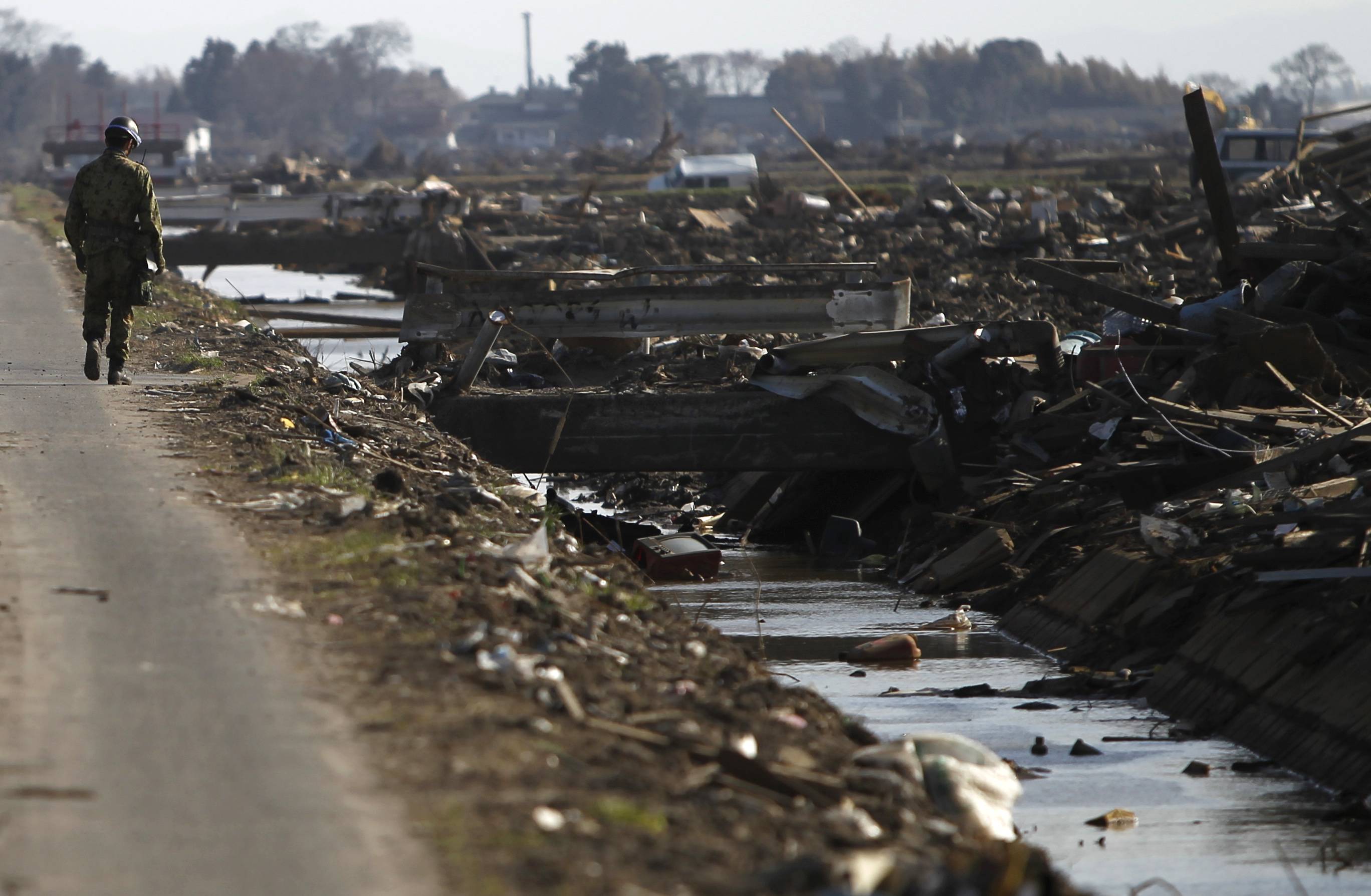As a disaster mitigation expert, Takako Izumi has spent her career envisioning worst-case scenarios and how to save lives and protect vital infrastructure.
Still, nothing could quite prepare her for the destruction caused by the Great East Japan Earthquake and subsequent tsunami, which struck off the coast of the Tohoku region on March 11, 2011, killing some 20,000 people and causing trillions of yen in damage.
“Of course, I was just very, very shocked,” Izumi says during an interview at her office at Tohoku University in Sendai. “I just never really thought that such a big disaster could ever actually happen in Japan.”

















With your current subscription plan you can comment on stories. However, before writing your first comment, please create a display name in the Profile section of your subscriber account page.